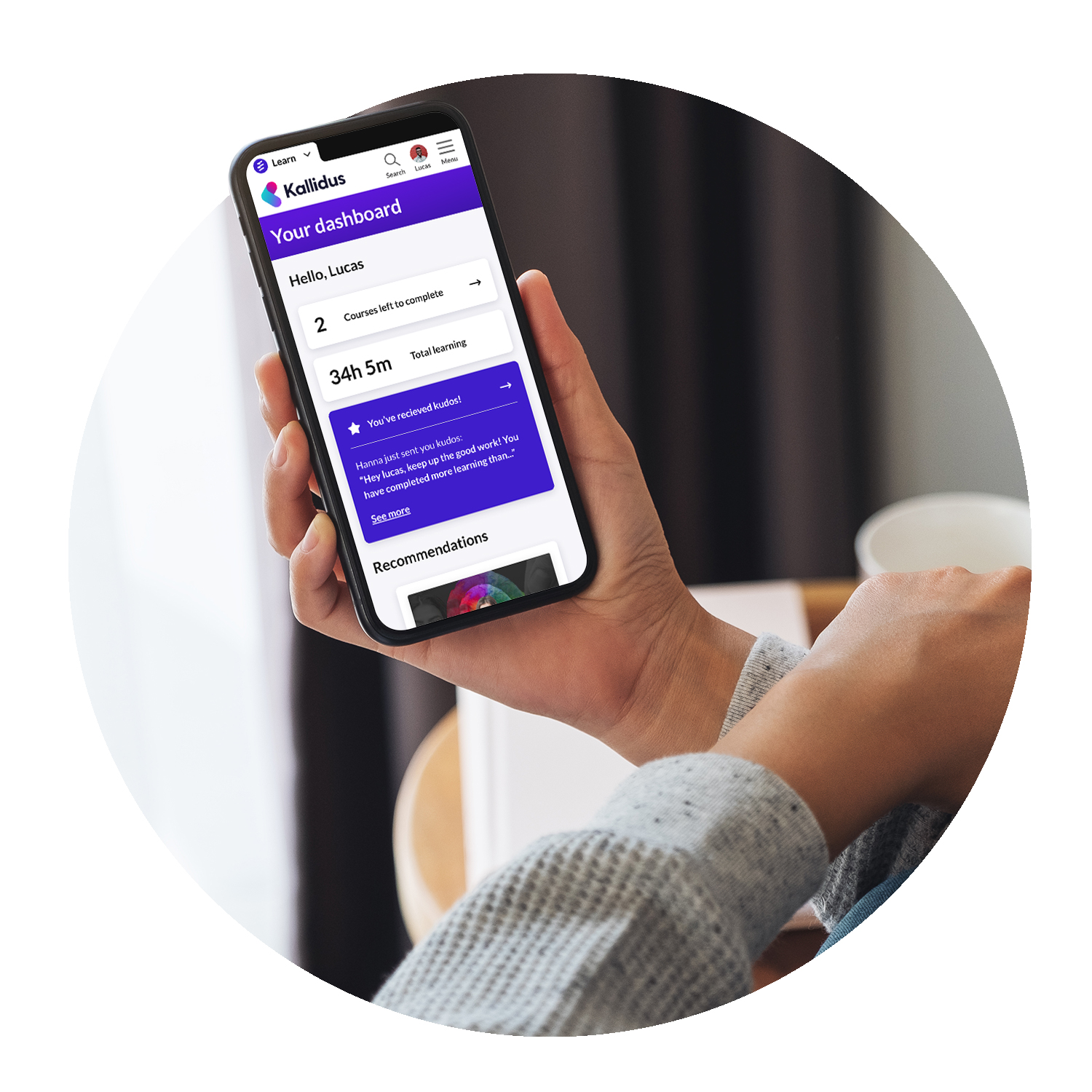Welcome to part two of our guide to streamlining your recruitment processes. We’ve already looked at what technology can do for your vacancy approvals and now it’s time to assess what an ATS can do to improve screening and selection.
Screening and selection, when handled manually, can be one of the slowest parts of the recruitment process. Following a killer recruitment marketing campaign, your hiring teams now have to sift through a large number of applications before shortlisting your candidates for interview. When it comes to speeding this process up, the answer is simple: centralise everything into one easy-to-use system.
Screening applications in high-volume recruiting
Did you know that in a typical high-volume hiring process, 75% of the applications received will not be applicable or qualified for the job?
While the average job vacancy will attract 50 applicants or less, high-volume hiring is thought to attract 250 or more.
So, what is meant by high volume hiring? Typically, this is when an organisation wishes to hire a large number of candidates often across multiple locations, particularly popular in larger organisations in sectors like retail and hospitality looking to higher seasonal temps.
How using technology can help your screening and selection process
Using technology in your screening and selection process, volume hiring or not, can increase transparency, improve communication and ultimately reduce your time to hire. Here’s a few ways an ATS can help.
1. Gather as much information as possible about your candidates
Using an ATS allows you to gather lots of information about your candidates and store it in one location. Getting together as much information as possible at the start of your process will allow you to better refine your candidates for shortlisting. As with many large-scale projects, it’s all about the planning.
Investing the time to ensure your applications require the same input from candidates across all of your channels (LinkedIn, aggregators, directly through your ATS, etc.) will allow you to select higher quality candidates for interviewing.
2. Remove the need for manual input
Digitising the recruitment process from start to finish can significantly reduce the amount of work needed from your hiring teams. As all of your applications have come in digitally, and imported straight into your ATS, there’s no need to worry about manual input of data or mass uploading of spreadsheets. Even better, if you have an ATS that is integrating with an LMS and/or performance management system, this can also reduce the amount of work involved in on-boarding to your organisation once a candidate is hired.
3. Screen automatically for deal-breakers
Say, for example, you’re hiring some drivers for a delivery company. It is vital in those circumstances that the candidate is able to drive. Using an ATS to process and screen your applications allows you to remove or discount any applicant who does not meet those basic requirement – in this case anyone who doesn’t tick a box to confirm they have a valid driving licence.
Gross negative disqualifiers should be configurable within your ATS and can save everyone involved a huge amount of time. Other examples include university education (and level they achieved), DBS checks, and specific industry qualifications needed for your sector.
4. Provide standard guidelines for hiring
Especially in larger organisations, volume hiring can be too much work to put on one person, or even a small team of people. Centralising your process allows hiring managers to step in and provide guidelines for anyone involved in application screening. These can be anything from not progressing candidates with typos on their applications to encouraging interviews for those with work experience in a charity. These guidelines can easily be rolled out, through your ATS, to every location and department of your organisation that uses the same system.
5. Centralise the process through hiring manager portals
Having greater visibility of this process isn’t just about ensuring everyone is on the same page. Kallidus Recruit for example has a Hiring Manager Portal that visually displays a wide range of data, from how many candidates are currently in the system to information about current time to hire for individual vacancies.
This portal makes it easier for hiring teams to not only visualise the progress being made (and establish any pain points) but also to move candidates along to different stages of the process.
6. Automate your candidate communications
One of the most important parts of the candidate experience is the regularity of communication. As we discussed in our Complete Guide to a Killer Recruitment Marketing Strategy, candidates are 38% more likely to accept a job offer is they enjoyed their candidate experience. Using an ATS during your application screening process allows you to send out automatic communications at a variety of stages.
To use an example from earlier, any candidates applying for a delivery driver position who did not confirm that they had a valid UK driving licence, an email can be sent to them straight away to inform them they aren’t progressing. Equally, once a candidate reaches a certain stage of the application process and you’re ready to invite them for an interview, this can be automated as well. Once this initial email has gone out, it is important to use a more personal touch. However, automation can also be set up to send out comms 24 or 48 hours before an interview to check if a candidate is still attending.
Conclusion
Essentially, what we’re saying is, centralising your application screening process can save you and your hiring teams an awful lot of time and resource. From removing red-flag applicants to keeping your candidates happy, using technology in your application screening and selection process carries a lot of benefits you simply can’t find in a manual or paper-based system.
That’s all for part 2. Curious about the rest of our series on improving your recruitment processes?
Written by Claire Moloney Claire is an enthusiastic and meticulous content writer whose passion is to support growth and continual learning for everyone.


